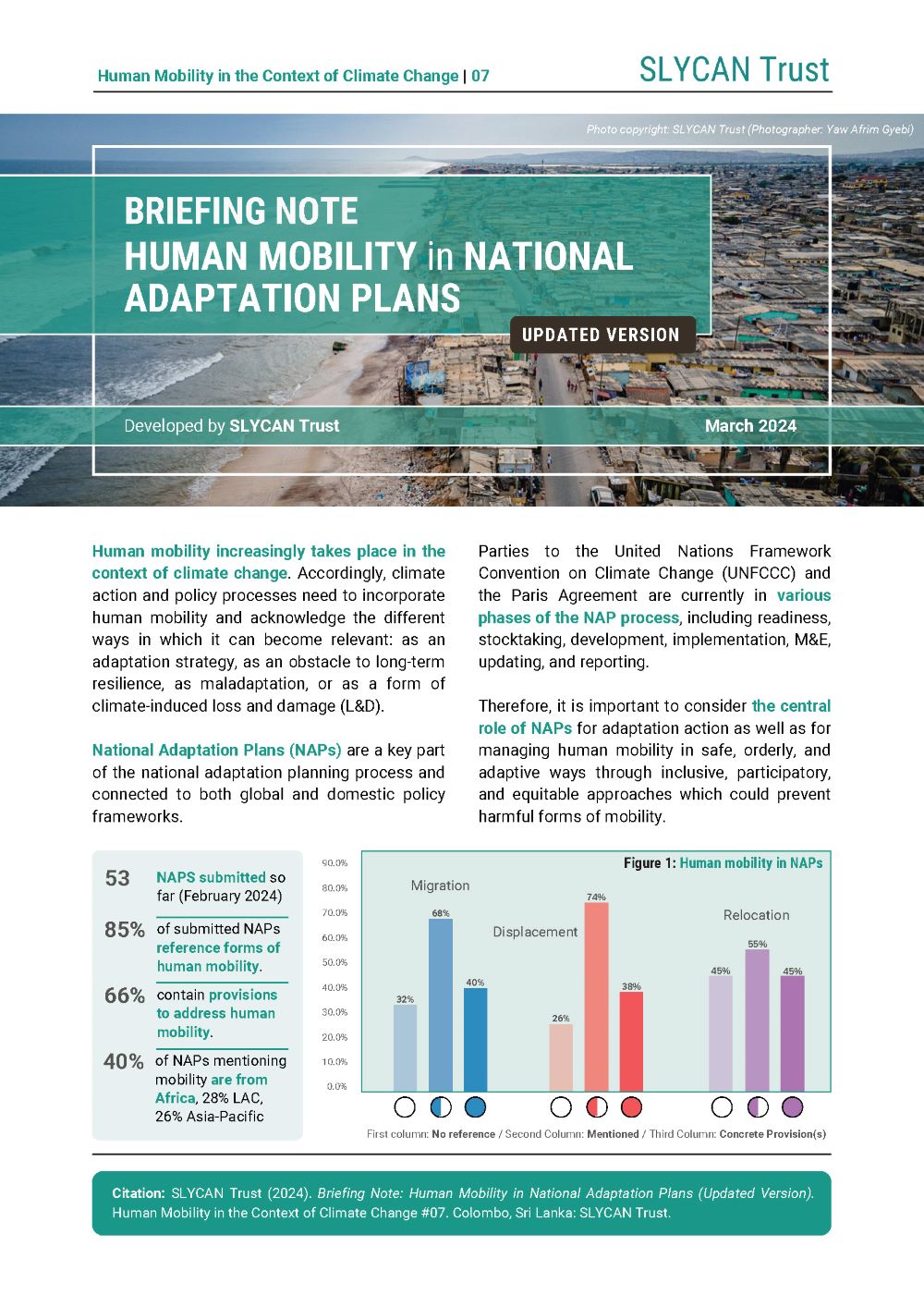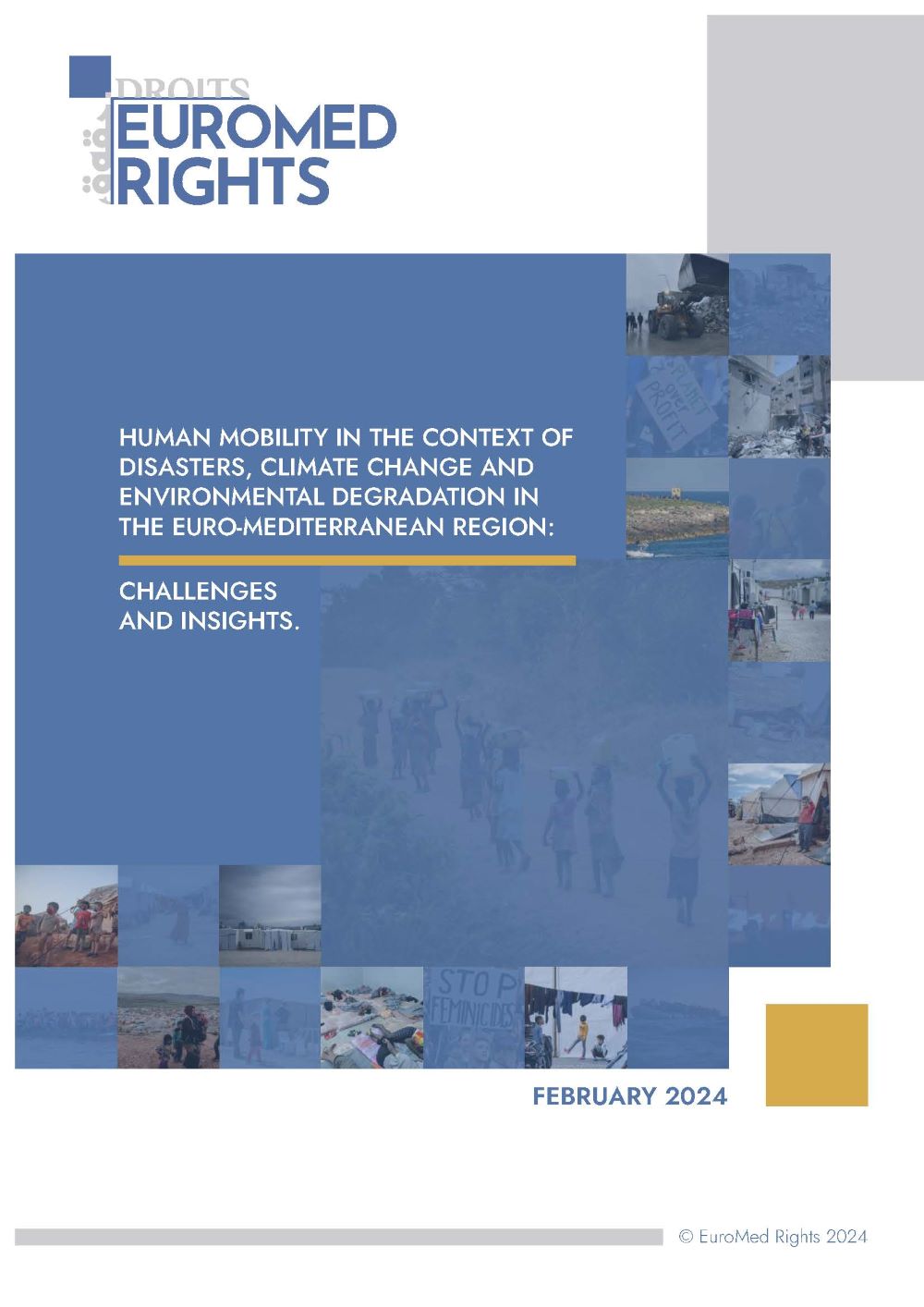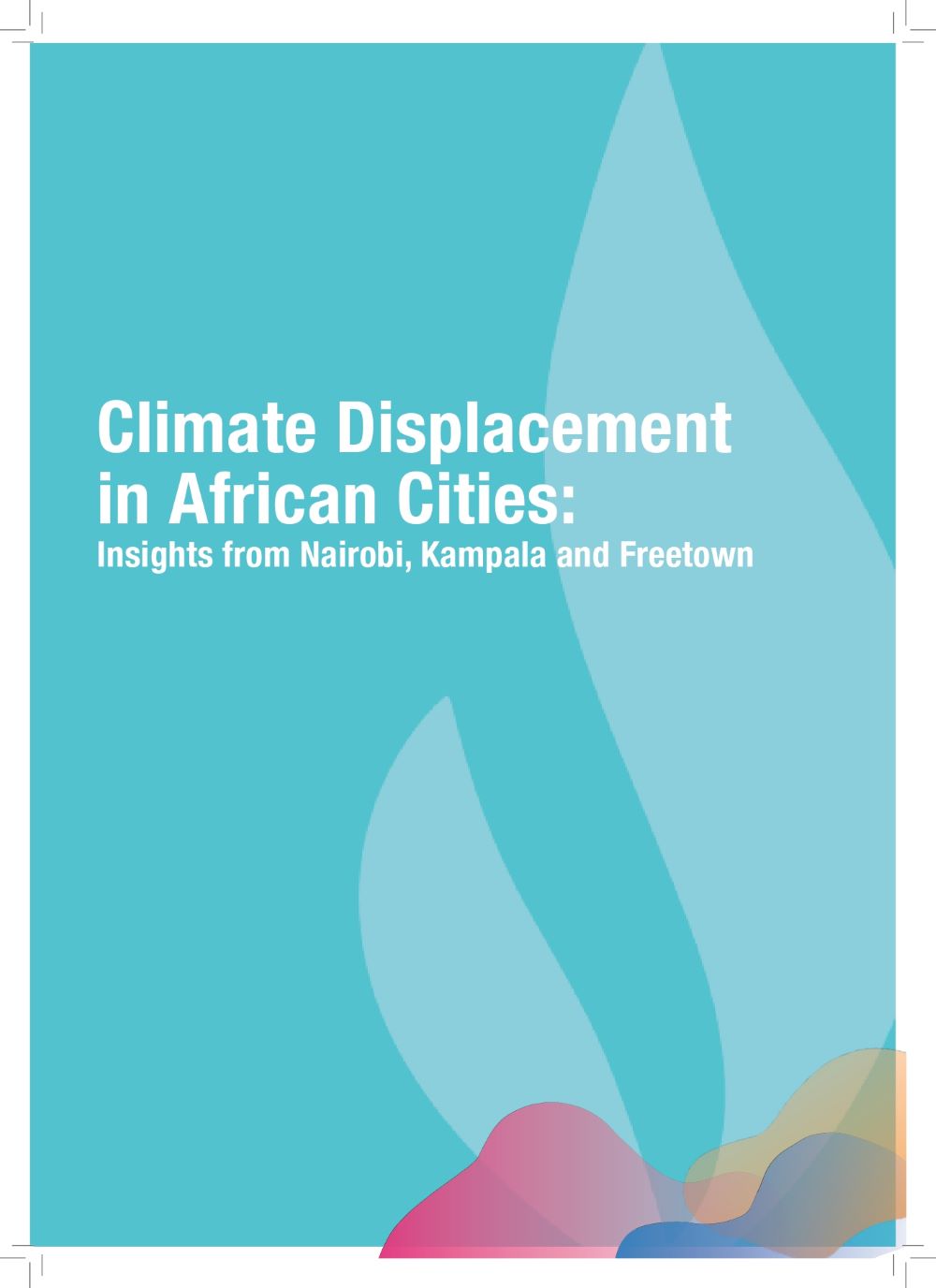Greater Horn of Africa – Conclusions
Nansen Initiative
More than 70 participants representing governments of six countries from the Greater Horn of Africa Region, Tanzania and Yemen, representatives from the Nansen Initiative and its Chairmanship, as well as representatives from regional and international organizations, UN Agencies, civil society and research institutions, met in Nairobi, Kenya from 21-23 May 2014 for the third Nansen Initiative Regional Consultation on “Natural Hazards, Climate Change, and Cross-Border Displacement in the Greater Horn of Africa: Protecting people on the move,” which was held at the Boma Nairobi hotel. The participants expressed their thanks and appreciation to the Government of the Republic of Kenya for hosting this important consultation. Participants recognized that the Greater Horn of Africa is not only affected by conflict and terrorism but is also vulnerable to the effects of climate change. They noted that the increased frequency and intensity of weather events, primarily droughts, floods, and tropical cyclones, are expected to lead to increased water stress, higher temperatures, desertification, decreased agricultural production, increased human and livestock diseases, livestock loss, and famine while sinking ground water levels and sea level rise cause salinization of land and water source and may pose threats to seaside settlements. Consequently, they recognized that the number of displaced people is likely to increase, with climate change also exacerbating the potential for conflict associated with weakened resilience to natural hazards and competition over scarce resources such as water and grazing areas.





